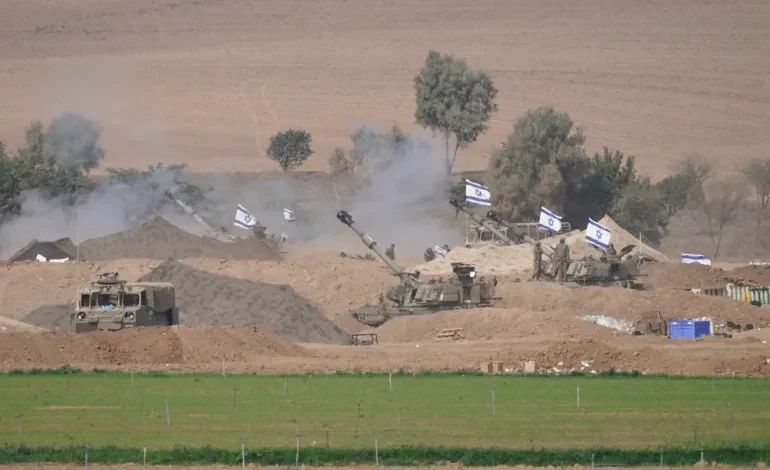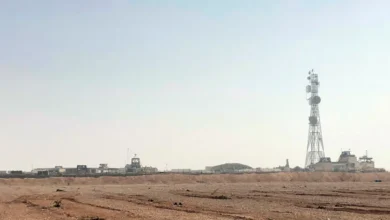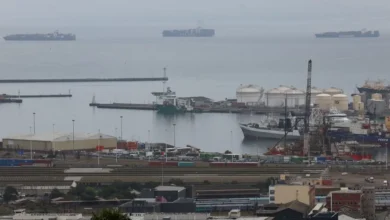Analysis: How would Israel find, map, take and keep Gaza’s tunnels?

A week after Israeli troops encircled Gaza City and cut it off from the southern part of the Gaza Strip, there seems to be no evidence of a serious attack towards the centre.
On Wednesday, a select group of Israel-based foreign reporters was taken to a section of the battlefield, which journalists described as “the fringes of Gaza City”. Nearly every building was destroyed or heavily damaged by aerial bombardment, artillery fire or advancing tanks and infantry.
Videos show Merkava tanks grouped in an encampment surrounded by tall sandy berms, almost certainly constructed by the armoured combat bulldozers routinely deployed with advance units. The defensive sand walls are likely to deny Hamas fighters the opportunity for hit-and-run attacks.
To an analyst, the position and posture of that 401st Brigade company show more than the Israelis probably wanted to. It tells us the advance will be slow, street by street rather than block by block.
It also proves that Gaza City’s hardest battle, the underground one, has not begun in earnest. Some tunnels may have been identified and destroyed as troops advanced, but that is likely a tiny part.
The 34 Israeli soldiers whom Israel has admitted have been killed so far were apparently killed individually or in small groups – when tunnel war begins, the numbers are likely to jump in bigger groups.
To enter the tunnels, Israeli forces will have to resort to military practices decades old and long forgotten to get around the challenges of fighting underground.
Identifying entrances
To gain a position to fight in the tunnels, Israel has to identify as many entrances as possible. For a system believed to be up to 500km (310 miles) long, those probably number in the tens of thousands.
Most are hidden, inside residential buildings, garages, industrial facilities, warehouses, under rubbish dumps and, after more than a month of bombardment, under heaps of rubble.
But Israel has been preparing to tackle the tunnels since the 2014 incursion into Gaza. Incessant surveillance by drones, using sophisticated software that analyses movement patterns and can recognise individual faces and match them to a database of known Hamas members, revealed hundreds or thousands of entrances.









